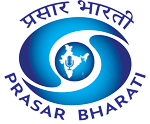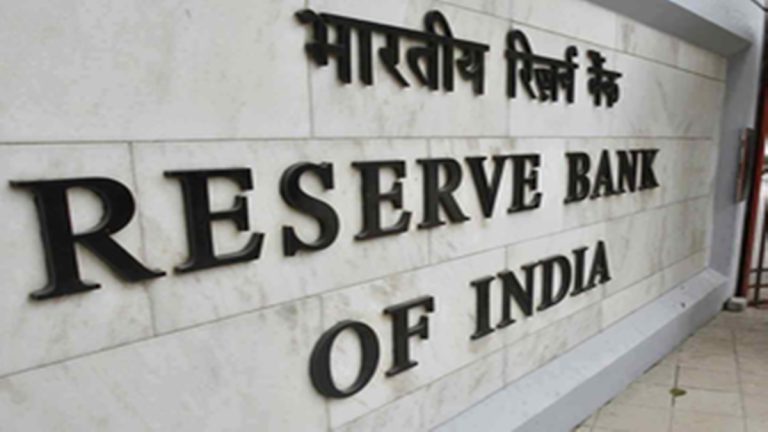The recent amendments to the priority sector lending (PSL) guidelines by the Reserve Bank of India (RBI) are expected to accelerate economic growth and strengthen key sectors such as MSMEs, agriculture and allied industries, housing, and exports, according to a report by SBI Research released on Wednesday.
This week, the RBI issued revised PSL guidelines to facilitate better targeting of bank credit toward priority sectors. The new guidelines will come into effect from April 1.
According to the report, the revised PSL guidelines expand the scope of priority sector loans by enhancing loan limits for various categories, including housing loans. They also broaden the criteria under which loans can be classified as ‘Renewable Energy’ for PSL purposes.
Additionally, the RBI has revised the overall PSL target for urban cooperative banks (UCBs) to 60 per cent of Adjusted Net Bank Credit (ANBC) or Credit Equivalent of Off-Balance Sheet Exposures (CEOBSE), whichever is higher.
“The higher limits set for the housing segment should boost low-cost and affordable housing, particularly in Tier-IV, V, and VI cities. Banks and non-banking players can tap into this growing demand for individual home ownership post-pandemic,” the report noted.
The SBI report also highlighted that the explicit recognition and prioritization of renewable energy within the PSL framework have eased credit constraints. This has led to an increase in non-conventional energy credit as a share of total energy credit, further encouraging investments in the sector, which has already witnessed significant policy interventions.
“As large banks continue to face challenges in meeting PSL targets, it would be a prudent move to classify all infrastructure loans—covering road projects, ports, railways, airports, highways, and the energy sector—either under priority sector status or as exemptions from ANBC calculations for PSL achievement. This would align with the treatment of infrastructure bonds raised for funding infrastructure and affordable housing,” the report suggested.
The RBI has also increased the loan limit for the repair of damaged dwelling units under the revised guidelines.
“This change opens new opportunities for financial institutions to disburse credit in a highly secured segment, reducing the financial burden on homeowners who need liquidity for necessary repairs. This, in turn, creates a substantial market for credit uptake,” the report stated.
India has set ambitious targets for renewable energy, aiming for a non-fossil fuel installed capacity of 500 GW by 2030 and achieving Net Zero emissions by 2070.
On July 1, 2015, the RBI expanded the PSL framework to include loans of up to Rs 15 crore for borrowers engaged in solar power generation, biomass-based power generation, micro-hydel plants, and other non-conventional energy (NCE) projects. This limit was later increased to Rs 30 crore per borrower on September 4, 2020.
In the latest revision, the limit has been raised to Rs 35 crore per borrower, while the loan limit for individual households remains unchanged at Rs 10 lakh per borrower.
“Although the Rs 5 crore increase may seem modest compared to the last revision in 2020 (after five years), even small policy interventions can have a significant impact in the long run. These measures will support the NCE sector in achieving the dual objectives of clean energy expansion and increased PSL lending,” the SBI report added.
(IANS)














